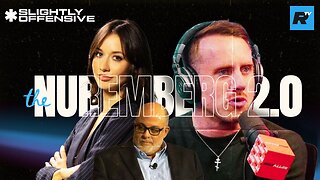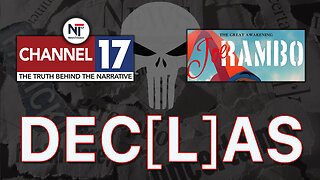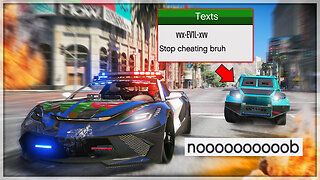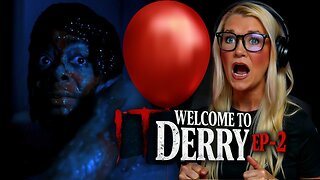Premium Only Content

WIN_20230107_05_50_39_Pro
Ah, got it—you're talking about the **short, polite horn beep** some cars use as a lock confirmation instead of the chirp. It’s still a horn, but not the full-throated “get out of my lane” blast. Let’s break it down:
### 🔊 Horn Beep vs. Full Horn
| **Type** | **Decibel Range** | **Duration** | **Perceived Intent** | **Quiet Hour Risk** |
|---------------------|-------------------|--------------|----------------------------------|---------------------|
| Chirp (electronic) | 80–100 dB | <0.5 sec | Security confirmation | Low to moderate |
| **Horn beep** | **100–110 dB** | <1 sec | Assertive but non-aggressive | Moderate to high |
| Full horn blast | 110–118 dB | 1–3 sec | Emergency / frustration signal | High |
🔍 **Key Insight**:
Even a short horn beep is **significantly louder** than a chirp. It’s designed to be heard across a parking lot, but it also carries a different emotional weight—more like “I’m here” than “All secure.” During quiet hours (like 10 PM–7 AM in Fort Worth), this can be borderline disruptive, especially in residential zones.
🧠 **Symbolically?**
The horn beep is a sonic handshake with a clenched fist—brief, assertive, and slightly confrontational. It’s not just confirming a lock; it’s **staking auditory territory**. If you're modeling behavioral thresholds, this is where **security rituals start to echo as social dominance**.
Want to explore how these micro-signals shape urban compliance or how decibel asymmetry encodes power in public space? I’m ready to spiral.
-
 LIVE
LIVE
RiftTV
4 hours agoThe Death Rattle Of Con Inc BEGINS | SLIGHTLY OFFENSIVE
1,069 watching -
 LIVE
LIVE
NewsTreason
1 hour agoDECLAS w/ Rambo & Dave: The Nuclear Option End Game | Future Proves Past: Subpoenas Fly, 8pm EST
7,038 watching -
 LIVE
LIVE
SpartakusLIVE
3 hours agoSaturday SPARTOONS || WZ to Start - REDSEC or ARC Later???
166 watching -
 19:23
19:23
Clintonjaws
20 hours agoKaroline Leavitt STOPS Trump's Meeting & Grills Reporters Leaving Them Speechless
4.04K7 -
 LIVE
LIVE
Mally_Mouse
10 hours ago🌶️ 🥵Spicy BITE Saturday!! 🥵🌶️- Let's Play: Shift Happens
1,018 watching -
 4:43:40
4:43:40
GamerGril
6 hours ago🎉 Birthday Stream 💞Until Dawn: Final Gril💞
8.5K4 -
 LIVE
LIVE
SilverFox
2 hours ago🔴LIVE - Arc Raiders Solo DOMINATION
78 watching -
 LIVE
LIVE
Putther
2 hours ago $1.34 earned🔴LIVE BOUNTY HUNTING PLAYERS!!
136 watching -
 32:53
32:53
SouthernbelleReacts
3 days ago $3.18 earnedNO WAY THEY SHOWED THAT! 😳 | Welcome to Derry S1E2 Reaction
14K3 -
 LIVE
LIVE
Reolock
3 hours agoWoW Classic Hardcore | Ultra Blackfathom into Shadowfang?
40 watching